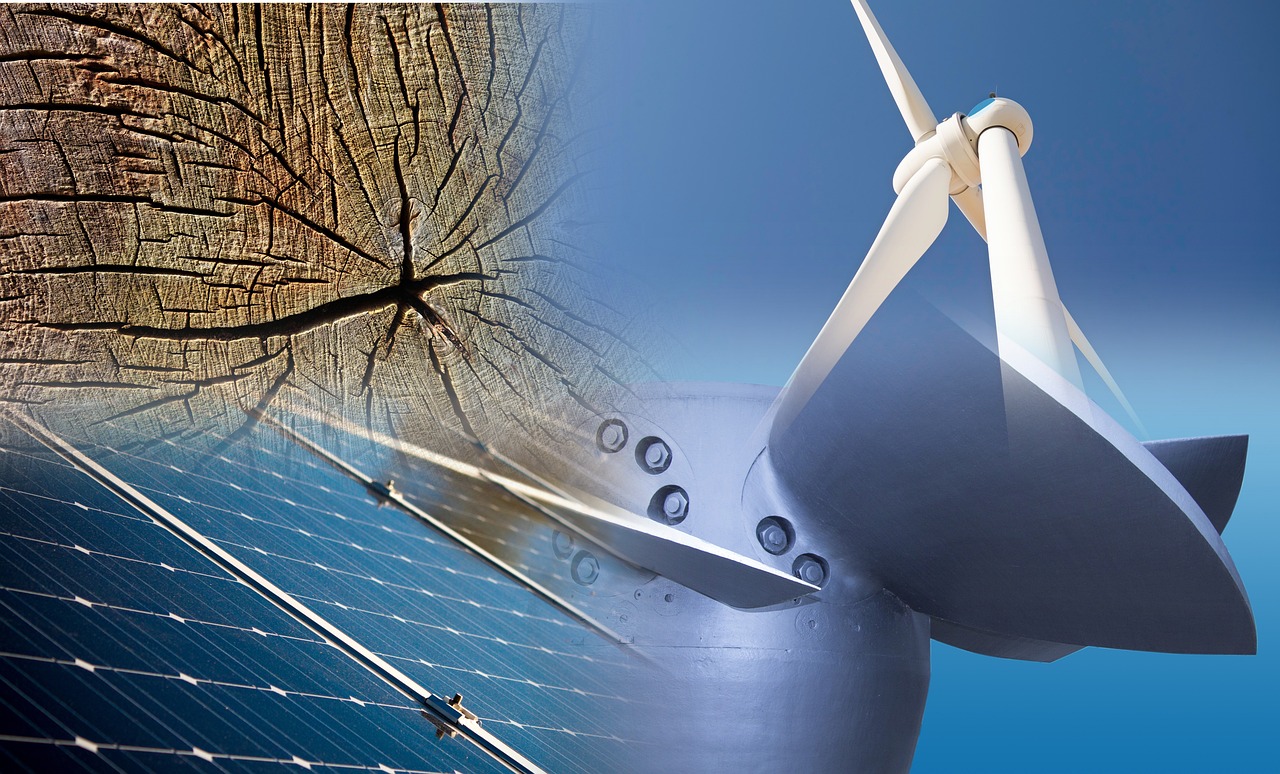The international shipping industry is one of the biggest contributors to global energy-related CO2 emissions. Unlike other energy-related industries, though, the shipping industry has been slow to implement advanced technologies to tackle emissions. However, while debates generally focus on alternative fuels and hybrid powertrains as the best solutions going forward, Solvang ASA is charting a different course. The Norwegian shipping company has a simple, yet effective solution, and one that could redefine sustainability in maritime transport going forward.
Since cargo ships are already huge, Solvang ASA had the idea of implementing carbon capture tech directly on the ship. Called the Onboard Carbon Capture & Storage (OCCS) technology, it works alongside the existing scrubber and exhaust purifying systems. Naturally, it’s an idea that makes you wonder why has anyone not thought about this before. Solvang ASA has been working on the OCCS technology with Wärtsilä from 2011, and now the company is ready to showcase its potential by installing it on one of its ships.
Namely, the Clipper Eris vessel is now equipped with a system capable of capturing and storing CO2 directly from its exhaust, cutting emissions by up to 70%. This marks a significant step forward in an industry responsible for nearly 3% of global fossil CO2 emissions. The system was developed in collaboration with Wärtsilä, MAN Energy Solutions, and SINTEF, and once captured, liquifies and stores the CO2 in special high-pressure deck tanks. Then, it could be offloaded for sequestration or repurposing in land-based industries.
“Onboard carbon capture combined with existing cleaning technology is a significant shortcut to decarbonization of the world’s deep-sea fleet. This stands out as one of the more promising solutions for future vessels”, says Edvin Endresen, CEO of Solvang ASA.
The Clipper Eris recently underwent a complete retrofit at the Seatrium Admiralty Yard in Singapore, where the OCCS system was installed and rigorously tested. Testing will continue for the next two years, in the open sea.
With seven new vessels under construction and designed to accommodate OCCS from the get-go, Solvang ASA is positioning itself as an early leader in maritime decarbonization.







